The choroid plexus links innate immunity to CSF dysregulation in hydrocephalus
- PMID: 36803604
- PMCID: PMC10069664
- DOI: 10.1016/j.cell.2023.01.017
The choroid plexus links innate immunity to CSF dysregulation in hydrocephalus
Abstract
The choroid plexus (ChP) is the blood-cerebrospinal fluid (CSF) barrier and the primary source of CSF. Acquired hydrocephalus, caused by brain infection or hemorrhage, lacks drug treatments due to obscure pathobiology. Our integrated, multi-omic investigation of post-infectious hydrocephalus (PIH) and post-hemorrhagic hydrocephalus (PHH) models revealed that lipopolysaccharide and blood breakdown products trigger highly similar TLR4-dependent immune responses at the ChP-CSF interface. The resulting CSF "cytokine storm", elicited from peripherally derived and border-associated ChP macrophages, causes increased CSF production from ChP epithelial cells via phospho-activation of the TNF-receptor-associated kinase SPAK, which serves as a regulatory scaffold of a multi-ion transporter protein complex. Genetic or pharmacological immunomodulation prevents PIH and PHH by antagonizing SPAK-dependent CSF hypersecretion. These results reveal the ChP as a dynamic, cellularly heterogeneous tissue with highly regulated immune-secretory capacity, expand our understanding of ChP immune-epithelial cell cross talk, and reframe PIH and PHH as related neuroimmune disorders vulnerable to small molecule pharmacotherapy.
Keywords: CSF; NKCC1; SPAK; blood-CSF barrier; cerebrospinal fluid; choroid plexus; hydrocephalus; neuro-inflammation.
Copyright © 2023 Elsevier Inc. All rights reserved.
Conflict of interest statement
Declaration of interests The authors declare no competing interests.
Figures

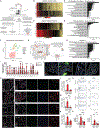
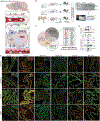
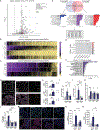
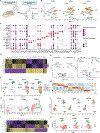
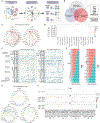
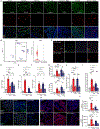
References
Publication types
MeSH terms
Grants and funding
LinkOut - more resources
Full Text Sources
Medical
Molecular Biology Databases

